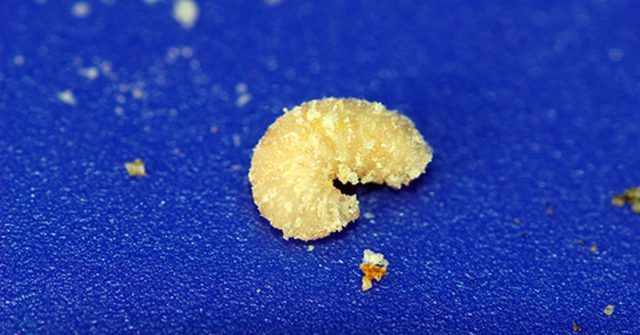Bulbs
Flower Basics
Flower Beds & Specialty Gardens
Flower Garden
Garden Furniture
Garden Gnomes
Garden Seeds
Garden Sheds
Garden Statues
Garden Tools & Supplies
Gardening Basics
Green & Organic
Groundcovers & Vines
Growing Annuals
Growing Basil
Growing Beans
Growing Berries
Growing Blueberries
Growing Cactus
Growing Corn
Growing Cotton
Growing Edibles
Growing Flowers
Growing Garlic
Growing Grapes
Growing Grass
Growing Herbs
Growing Jasmine
Growing Mint
Growing Mushrooms
Orchids
Growing Peanuts
Growing Perennials
Growing Plants
Growing Rosemary
Growing Roses
Growing Strawberries
Growing Sunflowers
Growing Thyme
Growing Tomatoes
Growing Tulips
Growing Vegetables
Herb Basics
Herb Garden
Indoor Growing
Landscaping Basics
Landscaping Patios
Landscaping Plants
Landscaping Shrubs
Landscaping Trees
Landscaping Walks & Pathways
Lawn Basics
Lawn Maintenance
Lawn Mowers
Lawn Ornaments
Lawn Planting
Lawn Tools
Outdoor Growing
Overall Landscape Planning
Pests, Weeds & Problems
Plant Basics
Rock Garden
Rose Garden
Shrubs
Soil
Specialty Gardens
Trees
Vegetable Garden
Yard Maintenance
Grub Control & New Grass Seed
Grub Control & New Grass Seed. A grub is the middle phase between the egg and fully grown Japanese and Scarab beetles. They eat near the surface of the ground, and damage the roots of your grass. If your lawn has grubs, you will have brown patches of dying grass in your yard. Pull them up, and if you find whitish, C-shaped worms, you have grubs. If...

A grub is the middle phase between the egg and fully grown Japanese and Scarab beetles. They eat near the surface of the ground, and damage the roots of your grass. If your lawn has grubs, you will have brown patches of dying grass in your yard. Pull them up, and if you find whitish, C-shaped worms, you have grubs. If you find two or three grubs, in each of a few 6-inch squares, treat your yard for grubs. Treat grubs at certain times of the year, using either natural or chemical methods.
Seasons for Treatment
Spring and summer are the best times to treat for grubs. It’s best not to treat in the fall, because they’re probably too big and mature at that point for the treatment to affect them.
Chemical Treatments
In April or May, apply imidacloprid or isazophos as a preventative measure. August is the time to use insecticides, because that’s when grubs hatch and insecticides provide a quick kill. If you decide to treat in the fall, use a contact product like diazainon, trichlorfon or isazophos. It's safe to reseed anytime after using any of the above products.
Natural Treatments
In July or August, let your lawn go dry. Your grass will go dormant, leaving grubs with no food, and they die. In the fall, normal watering will revive your grass, but grubs will be gone. Then, the next year water on an as-needed schedule, to help prevent grub re-emergence.
If you’re ambitious, adult beetles are not active in the early morning, or late afternoon. Fill a jar with water and a drop or two of biodegradable soap, go pick beetles from grass stems and drop them into the jar, where they quickly drown.
Although they are not completely natural, nematodes or milky spore are other options. Nematodes are round worms that eat grubs, and milky spore is a powder that attacks and kills only Japanese beetles
Reseeding
If grubs have damaged your grass to the point you must reseed, read the labels on the bags of grass seed you may buy. Some kinds of seed are resistant to insect infestation, because they’re treated with endophytes. Ryes, fescues and bluegrass seeds are generally treated. Endophytes produce alkaloids, which are toxic to Japanese beetles. Endophytes are natural and maintain their efficiency, which means fewer pesticide treatments on your lawn.

Suggestion
Milky spore is safe and efficient for grub worm control, because it's almost 100-percent natural, stays in the soil for many years, leaves no toxic remnant and kills the Japanese beetle.